Having a Balanced Sensory Diet
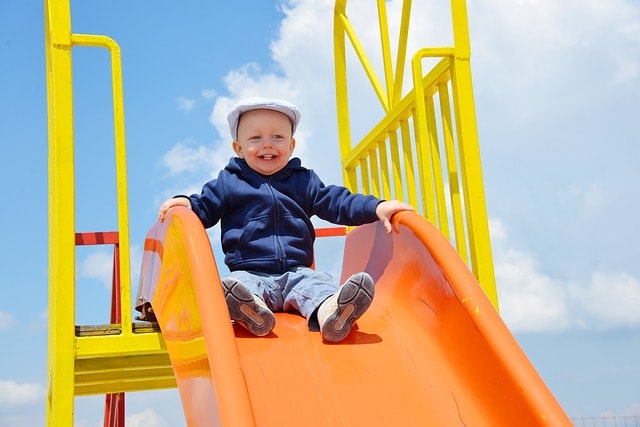
A Balanced sensory diet is a planned and scheduled activity program a therapist develops to meet the need for a specific child’s nervous system.
Its purpose is to help the child become better regulated and more focused, adaptable, and skillful.
A sensory diet includes a combination of alerting, organizing, and calming activities.
Alerting Activities
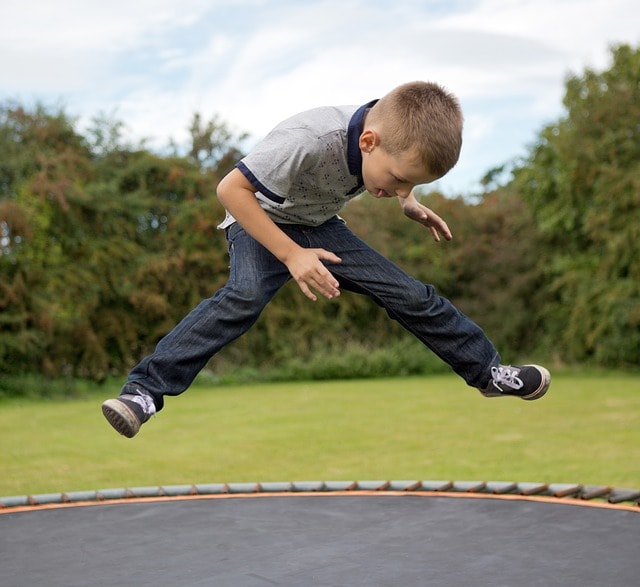
Alerting activities benefit under-responsive children who need a boost to become effectively aroused.
These include:
- Crunching dry cereal, popcorn, chips, crackers, nuts, pretzels, apples, or ice cubes
- Showering
- Bouncing on a therapy ball
- Jumping on trampoline
Organizing Activities
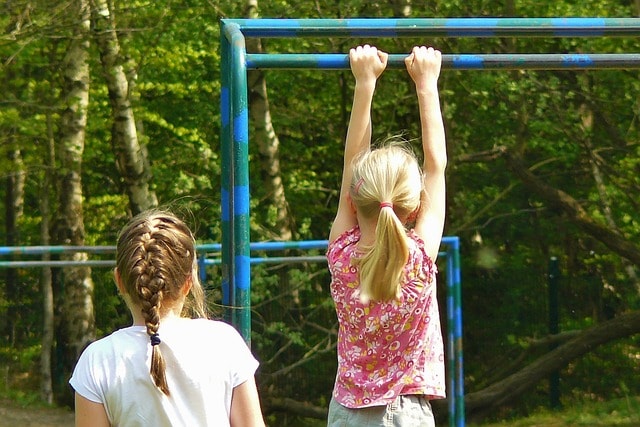
Organizing activities help regulate the child’s responses. They include:
- Chewing granola bars, gum, or bread crusts
- Climbing monkey bars
- Pushing or pulling heavy loads
- Getting into an upside-down position
Calming Activities
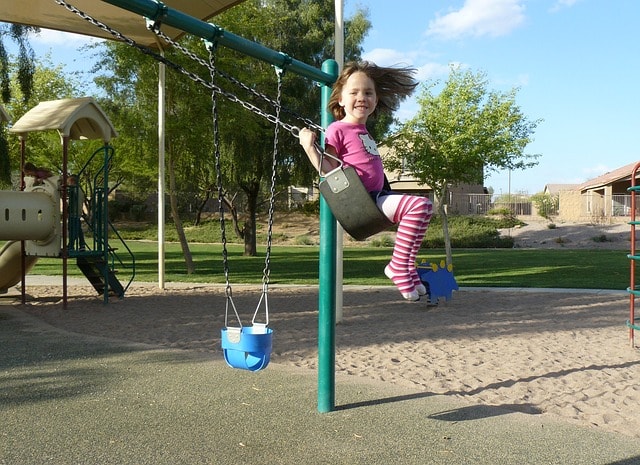
Calming activities help the child decrease sensory over-responsiveness or overstimulation. They include:
- Sucking a pacifier, hard candy, or frozen fruit bar
- Pushing against a wall with hands, shoulders, back buttocks, and head
- Rocking, swaying or swinging slowly
- Cuddling or back rubs
- Taking a bath
Activities to promote healthy sensory Progress (Kranowitz, 2005)
Activities for Tactile Sense
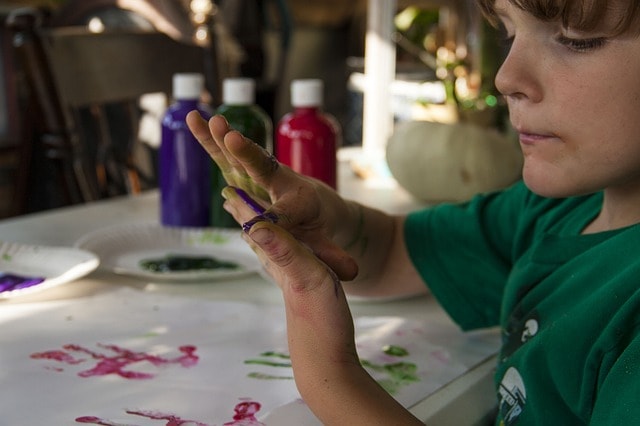
- Rub-a-Dub-Dub – Encourage the child to rub a variety of textures against their body. Offer different kinds of sap (soap bars, shaving creams, lotions, gels, foam) and scrubbers (loofah sponges, thick washcloths, pot scrubbers, plastic brushes).
- Water Painting – Give the child paint, water, and a paintbrush to paint different surfaces such as porch steps, fences, or their own body. Be cautious with the child drinking the paint.
- Finger Painting – Allow use of different materials such as mixing sand into paint, shaving cream, and pudding, to make shapes, letters and numbers.
- Finger Drawing – Using a finger, draw shapes, letters or numbers in the air or into child’s hand or back and have them guess what it is.
- Sand Play – In a sandbox, add small toys such as cars, legos or action figures and allow the child to discover and find the pieces. Other options instead of sand can be dried rice, beans, pasta, mud or popcorn.
- Feeling Box – Using a box, cut holes and place different items in it, allowing the client to feel the items without looking at it. Have the child guess what they are feeling. These activities improve the child’s ability to discriminate objects without the use of vision.
- Can you describe it? – Provide objects with different textures, temperatures, and weights. Ask the child to tell you about an object he or she is touching without looking if you want a challenge. is the object round? Cool? Smooth? Soft? Hard?
- Oral Motor Activities – Blowing whistles or bubbles, drinking through straws, and chewing gum may provide oral satisfaction.
- Science Activities – Touching worms, catching fireflies, or planting seeds provide interesting tactile experiences.
Activities for the Vestibular System

- Rolling – Encourage your child to roll across the floor and down a grassy hill.
- Swinging – Gentle liner movement is calming, a fast circular movement is more stimulating.
- Spinning – Allow the child to spin around on a tire or a merry-go-round.
- Riding Vehicles – Bikes and scooters help children improve their balance, motor planning, and motor coordination.
- Walking on unstable surfaces – A sandy beach, uneven mats or grass help children adjust their bodies as they move.
- Rocking – Provide a rocking chair for your child to get energized, organized, or tranquilized.
- Balancing on a large therapy ball – Child can lay on stomach, back or sit and bounce.
- Jogging – Run around a gym or around the block together.
Activities for the Proprioceptive System
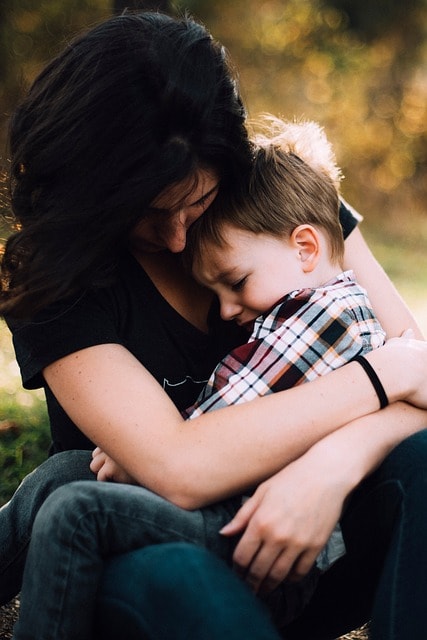
- Lifting and carrying heavy loads – Allow your child to assist with carrying heavy objects such as groceries, laundry baskets or items that aren’t breakable.
- Pushing and Pulling – Have the child push or drag groceries or other items from one place to another. The child can pull a loaded wagon or a friend on a sled.
- Hanging by arms – Use monkey bars where the child can hang from.
- Joint Squeeze – Slowly press on joints for calming purposes
- Body squeeze – Hug your child with their arms wrapped around themselves, hold them tight and slight rock back and forth.
Activities for the Visual System
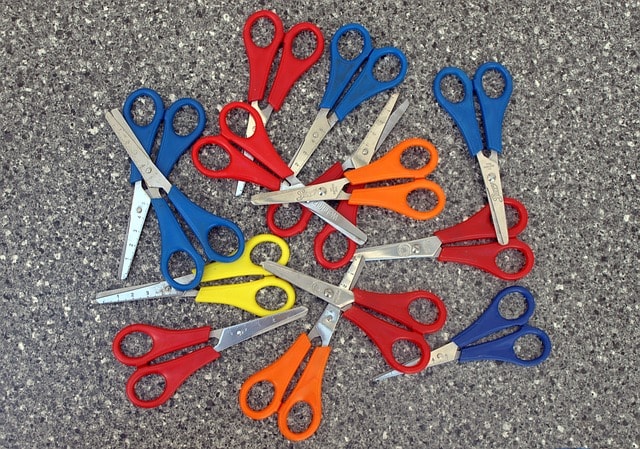
- Making Shapes – Let your child draw or form shapes, letters, or numbers using different materials such as play dough, finger paint, shaving cream, foam, or string.
- Mazes and dot-to-dot activities – Draw mazes on paper, the sidewalk, or the beach. Have the child follow the mazes
- Peg Board – Have the child reproduce a design or make his/her own.
- Cutting activities – Have your child cut fringes and strips or curved lines.
- Tracking activities – Allow your child to track objects such as birds, cars or moving objects.
Activities for Sensory Motor Skills
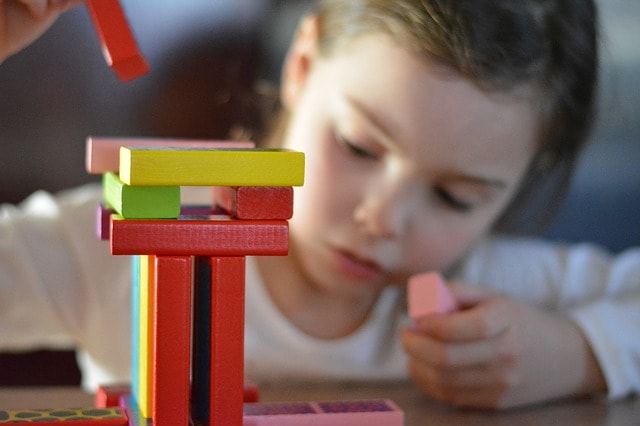
- Flour sifting – Provide flour, scoop, and sifter, let the child scoop and sift.
- Stringing and Lacing – Use shoelaces, pipe cleaners, or lengths of yarn on to pass through buttons, macaroni or beads.
- Egg Cartoon Collections – The child may enjoy sorting shells, pebbles, nuts, beans, buttons, bottle caps, or other similar objects and organize them in the individual egg compartments.
- Household tools – Picking up cereal pieces with tweezers, stretching rubber bands over a box to make a guitar, hanging doll clothes or paper towels using clothespins.
- Walking like animals – Encourage the child to act like a bear, crab, snake, or turtle. Use different animals to encourage different actions.
- Playground games – Acquire the rules for games like Simon Says, Ring Around the Rosy, Hokey Pokey, London Bridge, or I-Spy.
Activities for Bilateral Coordination
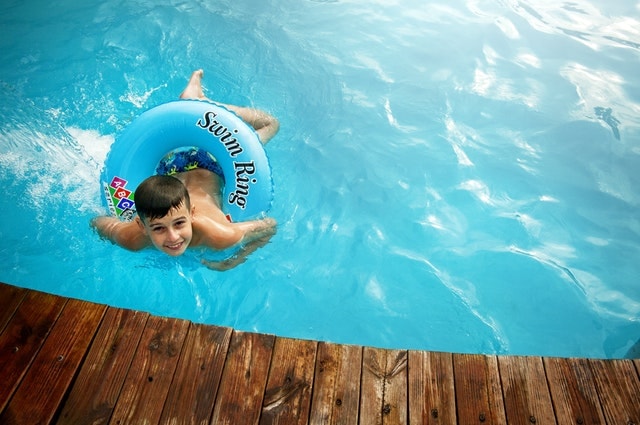
- Ball catch – Gently toss a large beach ball to the child from a short distance.
- Balloon fun – Using both hands, the child bounces or tosses up a balloon then catches it.
- Body Rhythms – Have your child imitate your motions to different songs, do silly movements, bend from side to side stamp your feet, or hop from foot to foot.
- Ribbon Dancing – Attach ribbons, streamers, or scarves to the end of a dowel. Holding the dowel with both hands, the child swirls the ribbons overhead, from side to side, and up and down.
- Two-sided activities – Encourage the child to jump rope, swim, bike, or paddle.
References:
Banks, D. (2005). Sensory integration therapy. The Quality Healthcare Center. Retrieved from www.memorialhospital.org/occupationalTherapy.html
Miller, L.J. (2006). Sensational kids. New York: Penguin Group
Kranowitz, C.S. (2005). The out of sync child. New York: Penguin Group.
